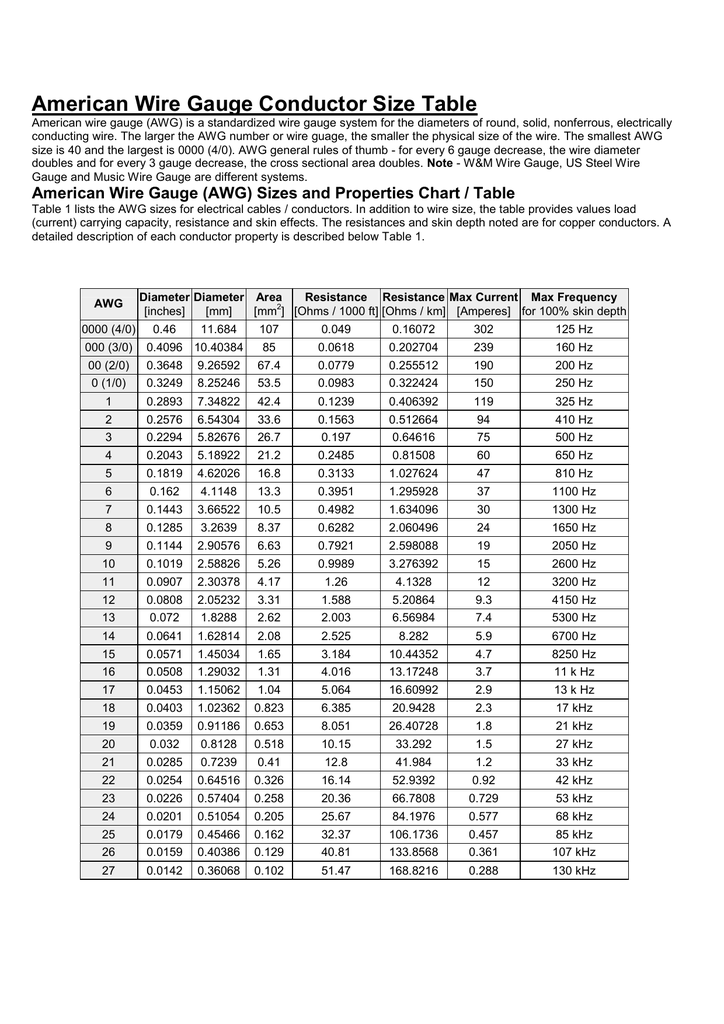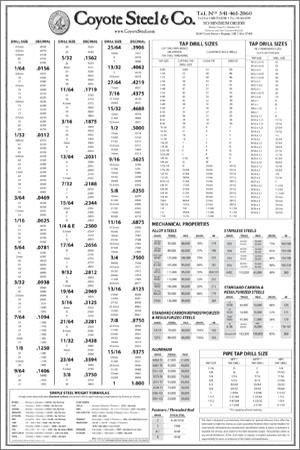
Craftsman found gauge to be convenient, thus further its adoption.Gauges were measured and described in fractions of an inch during the 19th century.Gauge number sizes were the result of the process of wire drawing and the nature of iron as a substance.The word ‘gauge’ is derived from and related to the French word ‘jauge’, meaning ‘result of measurement’.The journey from that time until now has some interesting points: During a period when no universal unit of thickness existed, gauge was adopted as the unit of measure. According to history, you can thank the 19 th century British iron wire industry for this fact. Rather than inches or millimeters, steel is measured in terms of ‘gauge’. Standard gauge sizes were developed based on the weight of the sheet for a given material and the equivalent thicknesses differ for each gauge size. Yet those numbers do not indicate a specific dimensional value. Here is what you need to know: The numbers of a steel gauge chart typically range between 3-30. This is why having a steel gauge chart as your guide can be invaluable. You have probably asked yourself such questions when trying to determine the thickness of your metal. Ĭonvert wire area from square mm to diameter mm.How thick is 14 gauge steel? What is thicker, 14 gauge or 16 gauge steel?

Standard gauges for wire and sheet - American, Birmingham, Washburn, Music, Stubs. how many pipes or wires fits into a larger pipe or conduit. Smaller Circles within a Large Circle - CalculatorĬalculate the number of small circles that fits into an outer larger circle - ex. distance between conduit supports.Įlectrical Motors - Single Phase 230 V Circuit WiringĬopper wire gage and transformer size for single phase 230 volts electrical motors. Maximum length of 240 V single phase electric wire with max. cable size for fixed installations in buildings.Įlectric Wire - Calculating Cross-Section AreasĬalculate single and bunched electric wire cross-section area and diameter.Įlectric Wire - Maximum Length with 240 Volts Single-Phase Power Gauge, weight, circular mils and electrical resistance in copper wire.Īmps vs. cross sectional area converter.Ĭopper Wire - Electrical Resistance vs. Cross-Sectional AreaĮlectrical resistance in plain copper or aluminum wires.ĪWG - American Wire Gauge Converting ChartĪmerican Wire Gauge (AWG) vs. size (AWG) and length of wire.Īluminum and Copper Wires - Electrical Resistance vs. Maximum current (amps) in a 12V electrical circuit vs.

Values for resistance are based on electrical resistivity for copper 1.724 x 10 -8 Ω m (0.0174 μΩ m) and electrical resistivity for aluminum 2.65 x 10 -8 Ω m (0.0265 μΩ m). Current Load Ratings - Copper (amps) 1)ġ) Current ratings for up to 1000 V, PVC-insulated single and multicore wiring cables, ambient temperature up to 30 oC
#ALUMINUM WIRE GAUGE CHART FULL#
Always check the manufactures data before detailed engineering.įor full table with Single Core and Multi Core Current Ratings - rotate the screen!ĪWG - American Wire Gauge Current Ratings AWG Operating temperature of the conductor, ambient temperature and type of conductor insulation is important. Be aware that the current load depends on installation method - the enclosure - and how well the resistance heat is removed from the cable. The table below indicates the current ratings of PVC-insulated single and multicore wiring cables. Telephone wire is typical AWG 22, 24, or 26. Typical household wiring is AWG number 12 or 14.

The higher the number - the thinner the wire. Because of the small gaps between the strands in a stranded wire, a stranded wire with the same current-carrying capacity and electrical resistance as a solid wire, always have a slightly larger overall diameter. The AWG table below is for a single, solid, round conductor. AWG is sometimes also known as Brown and Sharpe (B&S) Wire Gauge. The AWG - American Wire Gauge - is used as a standard method denoting wire diameter, measuring the diameter of the conductor (the bare wire) with the insulation removed.


 0 kommentar(er)
0 kommentar(er)
